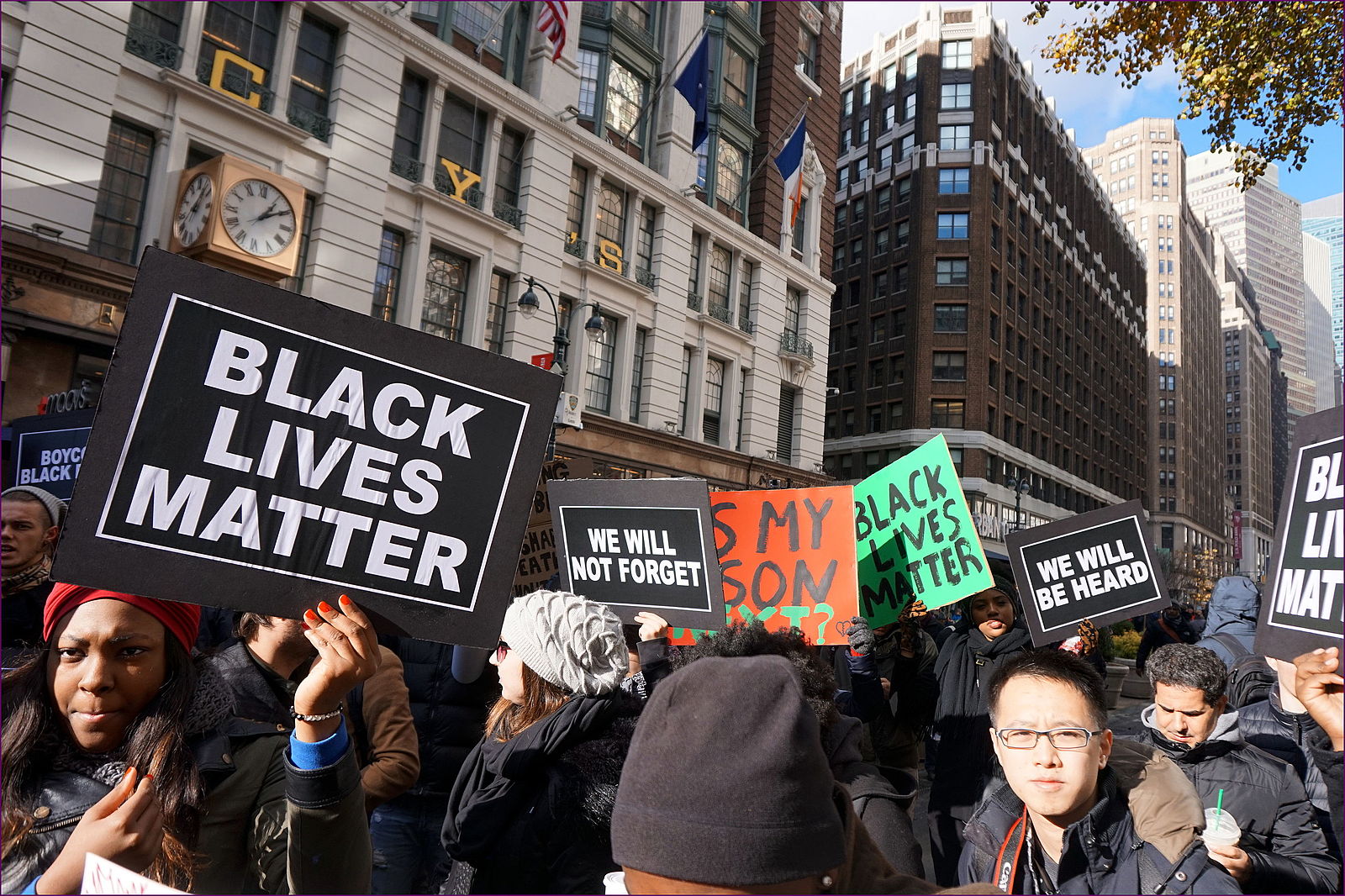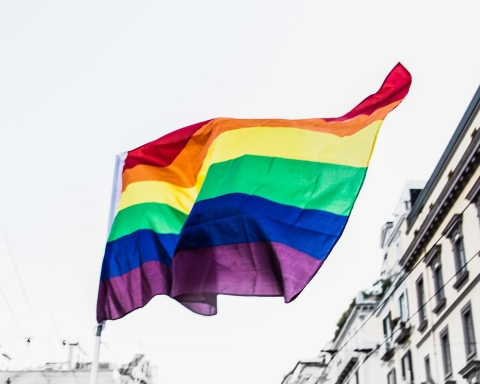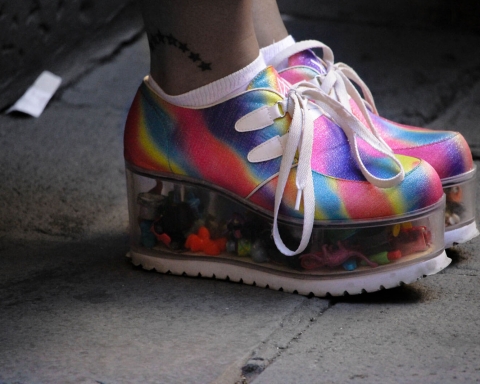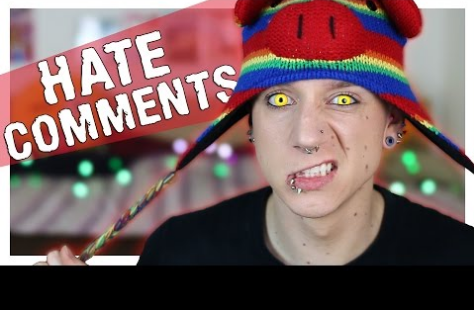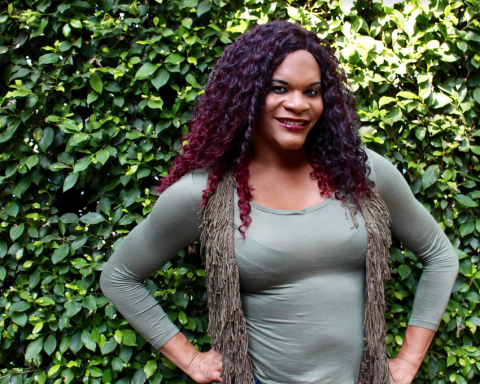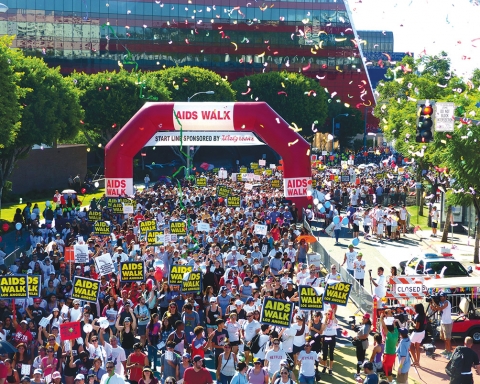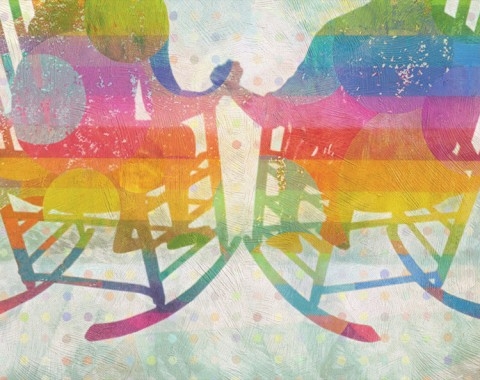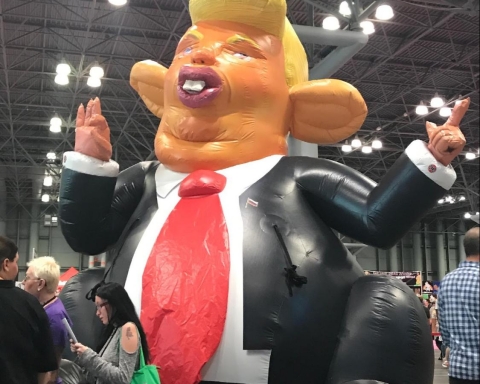In July of last year, Black Lives Matter protesters staged a sit-in at the Toronto Pride parade. The protesters provided Toronto Pride organizers with a list of demands. These included the facilitation of space and opportunities for Black Queer Youth, prioritized hiring for queer people of color, and the removal of police floats from marches and parades. Toronto Prideagreed to the requests, and the parade resumed.
There’s a lot we can learn from this successful intervention staged by BLM. Thanks to activists of color, the queer community has gained some awareness of how racially exclusive our spaces can be. Pride celebrations across the country are a great example: Not only are they typically dominated by white men, but the issues they raise are those most important to white people–Workplace discrimination and health care reform, for example.
There’s no question that these issues are important for everyone–the problem is that some issues simply don’t get the attention they need from Pridefest events because they are mostly experienced by marginalized racial groups. When these groups don’t get an equal voice in the planning of queer events, our Pride political agenda becomes whitewashed.
Research has shown that LGBTQ people of color are disproportionately affected by police violence, poverty, and HIV/AIDS (you can read through a full report authored by the Center for American Progress and the Movement Advancement Project here: http://www.lgbtmap.org/file/
These urgent systemic problems need more attention from white queer activists. We need to listen, educate ourselves, and work harder to foster inclusivity. The celebration of our queer identities is activism in itself: What needs to change is how the spaces in which we celebrate are able to invite, welcome, and support a diverse population of people, backgrounds, and cultures.

